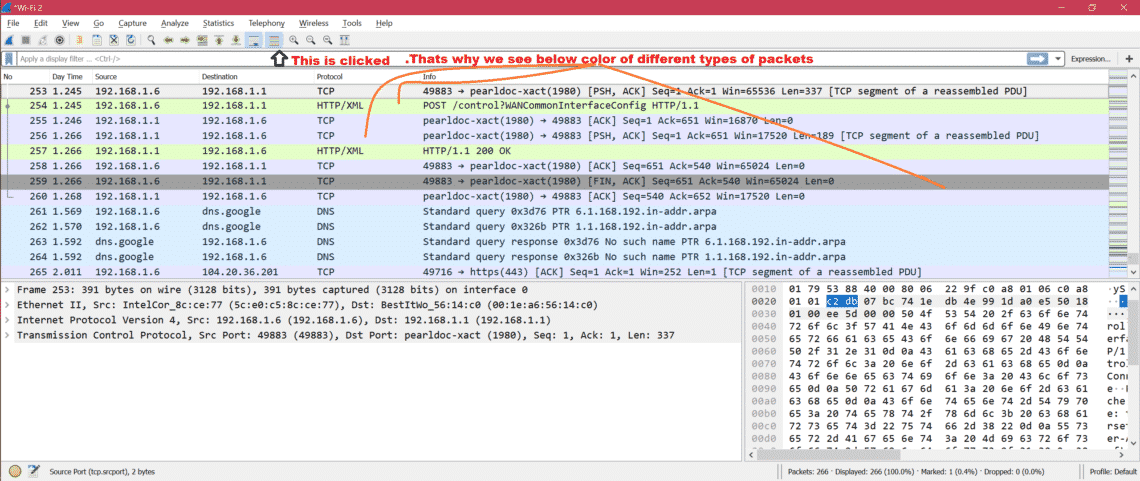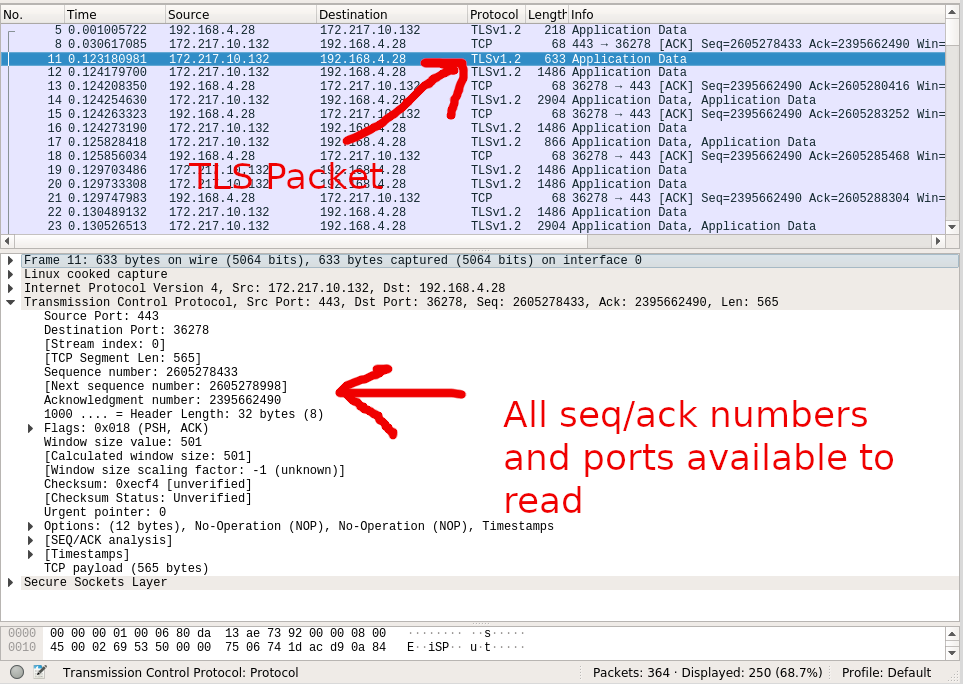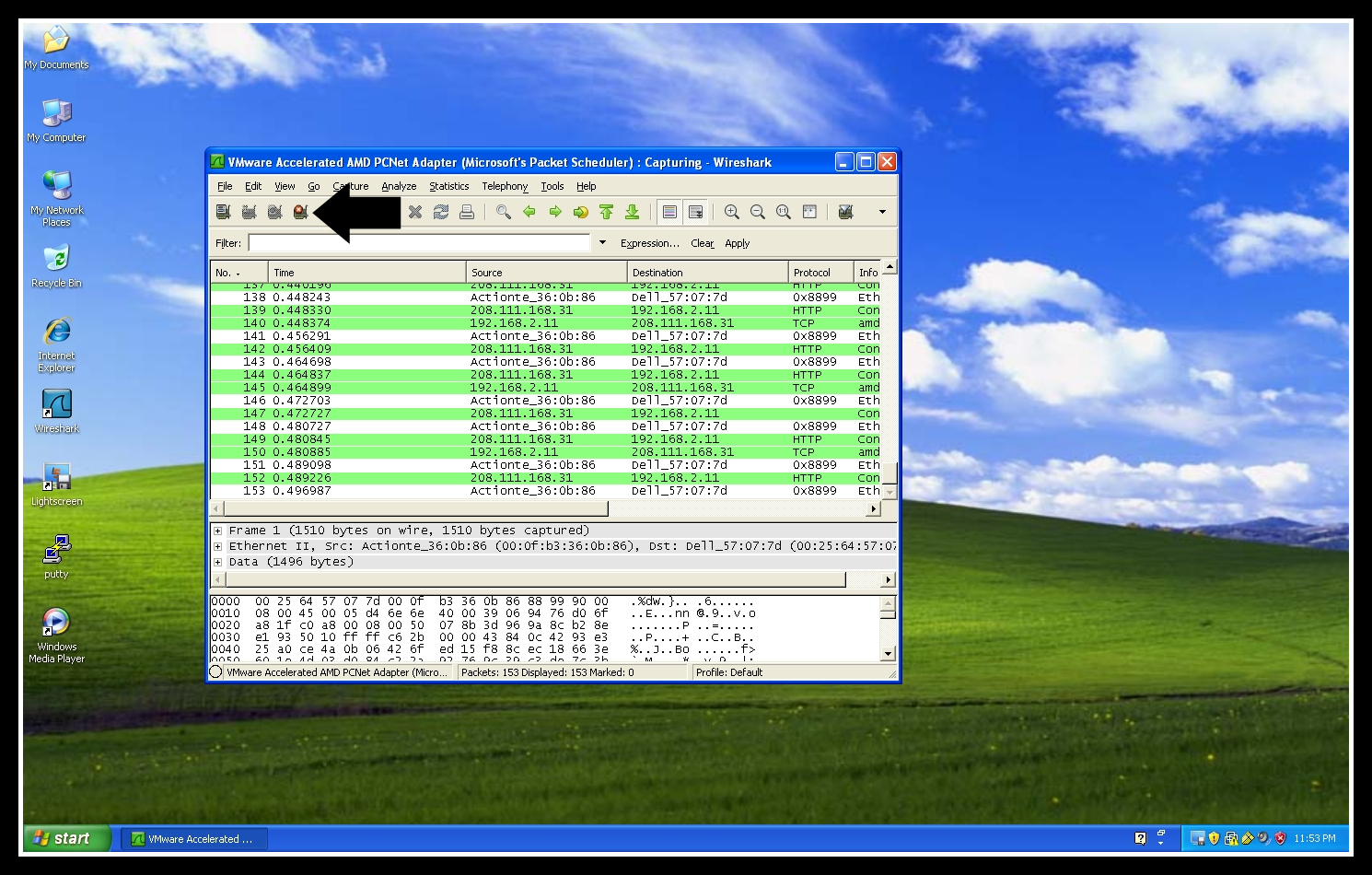
One of the biggest hindrances to analyzing packets occurs because so many things are happening simultaneously. Welcome those opportunities and force yourself to become more metacognitively aware by identifying the questions you’re trying to answer before diving into the data. You’ll learn to ask better questions as your career advances and you are exposed to a wider variety of investigation scenarios. That’s a perfect segue because I’m going to describe color coding by conversation next.


Knowing these two things are the key to overcome being overwhelmed.įor example, consider an alert that a host on your network (10.10.1.75) communicated HTTP with a landing page (HTTP) associated with an exploit kit. If you can define what question you’re trying to answer you should be able to figure out where to look and what analysis technique to use.

While packets may not lie, they do tell thousands of truths. In packet analysis, you should always have a clear question in mind before you go about collecting packets. “ A question well stated is a problem half solved.” – Charles KetteringĮvery analysis and investigation focused class I teach revolves around this thesis, rooted in the scientific method. After that, I’ll describe the first technique: how to use Wireshark’s color coding feature to visually identify individual conversations.

In this first article, I’ll describe the mindset you should approach a large packet capture with.


 0 kommentar(er)
0 kommentar(er)
